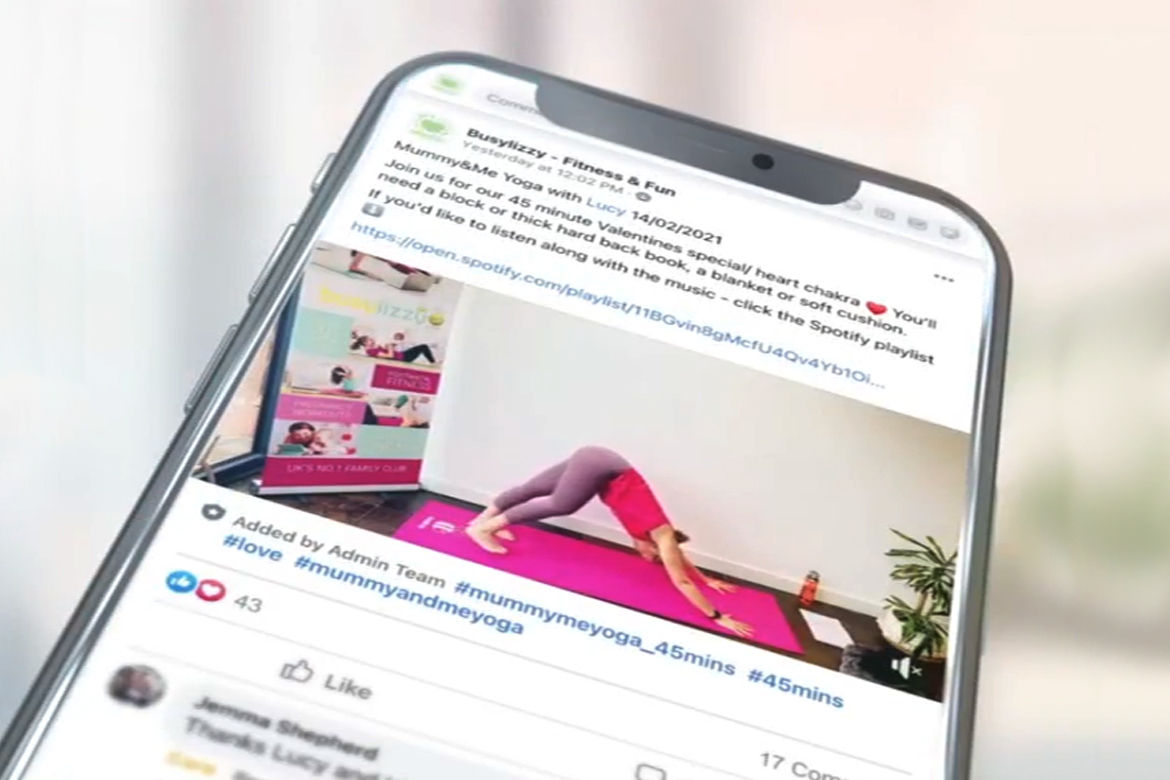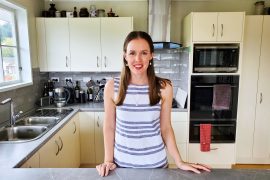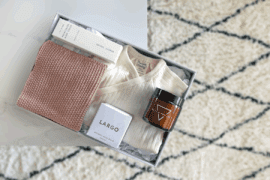How can I check if I have Diastasis Recti?
It’s possible to check your own abdominal gap – I show you how in my video in our Facebook group.
From 6 to 8 weeks, it is normal to have a gap of about 20mm which is approximately 2 fingers. Anything more than that after 8 weeks is considered problematic and you should seek further medical advice.
If you have any kind of gap, do take advice on how to modify common exercises to work safely until you have managed to close the gap. Busylizzy classes are a great place to find this advice, and also to ensure you are being given exercises that are tailored to your stage of recovery.
Join Busylizzy: Bump & Baby Support Hub on Facebook – our FREE group for online pregnancy, baby and postnatal classes PLUS support and advice from maternity experts including Diastastic Rectus exercise video.
Here’s a link to the group if you’d like to come in and see what’s what. See my video for two really simple exercises to help aid recovery, as well as some modified variations of common core exercises that are safe to do even with DR.

What to avoid
Avoid traditional crunches, sit ups, and planks postpartum until your abdomen is healed from diastasis recti. These exercises can even make the condition worse.
You should also avoid:
- any strenuous exercises where your ab muscles are bulging out
- holding your baby on one hip, if it’s painful
- lifting or carrying heavy loads
- coughing without supporting your ab muscles
FREE Diastasis Recti Video
Please watch the video I have made and saved in the Busylizzy: Bump & Baby Support Hub Facebook group to see how to check the size of your gap and take advice on how to modify common exercises to work safely.
Resident Busylizzy Postnatal Specialist, Magda lives in London and is a fitness professional, qualifying in Pilates, Aerobics and Zumba. Magda teaches Pilates, focussing in postnatal classes and supporting women with back issues, reflecting a strong belief in the power of Pilates to promote better health.










